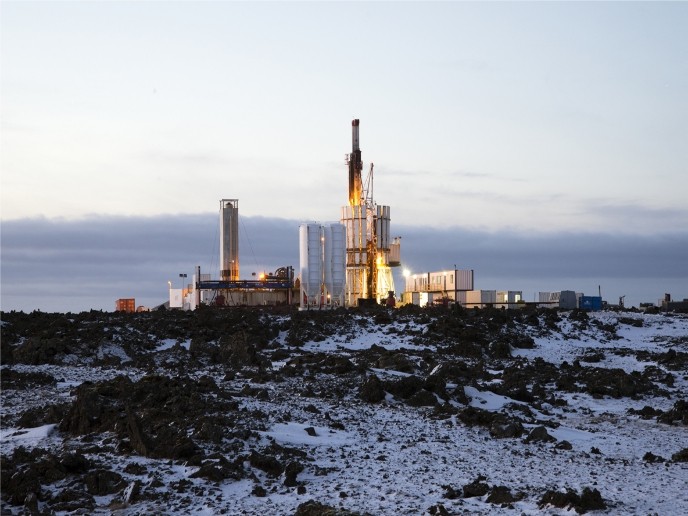EU research helps extend working life of geothermal wells
The EU’s revised Renewable Energy Directive establishes a new binding renewable energy target of at least 32 % by 2030, with a clause for a possible upwards revision by 2023. This will help address uncertainty in energy supplies and reduce fears of global warming. One part of this strategy is the growth of the geothermal sector. The GeoWell project developed and tested new reliable, economical and environmentally safe technologies for the design, completion and monitoring of high-temperature geothermal wells (HTGWs). Researchers addressed all relevant steps in the geothermal well completion process, including cement and sealing technologies, material selection and casing couplings to extend the lifetime of HTGWs. Consortium members comprised experienced geothermal developers, leading academic institutions, major oil and gas research institutions, and SMEs with access to world-class research facilities. These included test wells for validation of innovative technologies and laboratories for material testing.
New technologies tested
Project partners focused on both traditional production wells and deeper wells where the pressure is as high as 150 bar and temperatures exceed 400 °C, testing the technologies under in situ conditions in laboratories and existing geothermal environments. They also tackled major bottlenecks like high investment and maintenance costs by developing and validating innovative materials and designs that exceed current concepts. Researchers investigated novel cement and sealing technologies, casing materials and flexible couplings to minimise thermo-mechanical loadings. In addition, fibre optic cable technology and applications for measuring temperature and strain in wells were developed and successfully trialled at different temperatures and depths in wells located in Germany and Iceland.
Innovative materials
Cement samples were exposed to temperatures up to 450 °C in the Iceland Deep Drilling Project (IDDP-1) well. Following laboratory analysis at ambient temperature, results showed that Portland cement mixtures including silica are suitable for use in geothermal applications. However, water pockets can lead to critical pressure build-up in cement sheaths. “These findings resulted in the development of ‘pumpable’ cement with reduced water content without diminishing its sealing properties,” says project coordinator Arni Ragnarsson. The team also devised a ductile intermediate layer between cement and casing to take up the strains generated by temperature change and evaluated nanomaterials in small-scale tests for their potential to reduce friction. “The developed formulation has promising properties and a thin layer and is able to reduce the friction forces by more than a factor of 10,” Ragnarsson explains. Large temperature differences in geothermal wells regularly result in casing failures. Researchers therefore developed a flexible coupling that allows axial movement of casing segments and tested several full-scale prototypes. Tensile tests were also conducted on casing material using a dedicated high temperature rig, while corrosion tests were carried out in an autoclave. On-site testing of the flexible coupling is currently ongoing in the EU-funded DEEPEGS project to make the technology available for the geothermal industry.
Major benefits
The design and monitoring technologies developed by GeoWell will provide significant economic benefits by reducing the risk of casing failure and improving monitoring methods and risk assessment. Furthermore, the development of new materials and innovative solutions will help improve the integrity and safety of HTGWs, reduce the need for maintenance work, and extend the working life of HTGWs. GeoWell technologies can be applied at a wide range of temperatures in deep geothermal wells throughout Europe. “The results will enhance the construction and operations of HTGWs, especially by targeting integrity improvement to offer new business opportunities for industries. This will definitely help Europe maintain its position as a world leader in geothermal energy,” concludes Ragnarsson.
Keywords
GeoWell, high-temperature geothermal wells, HTGW, cement, casing, monitoring, sealing, flexible coupling, friction, fibre optic cable







